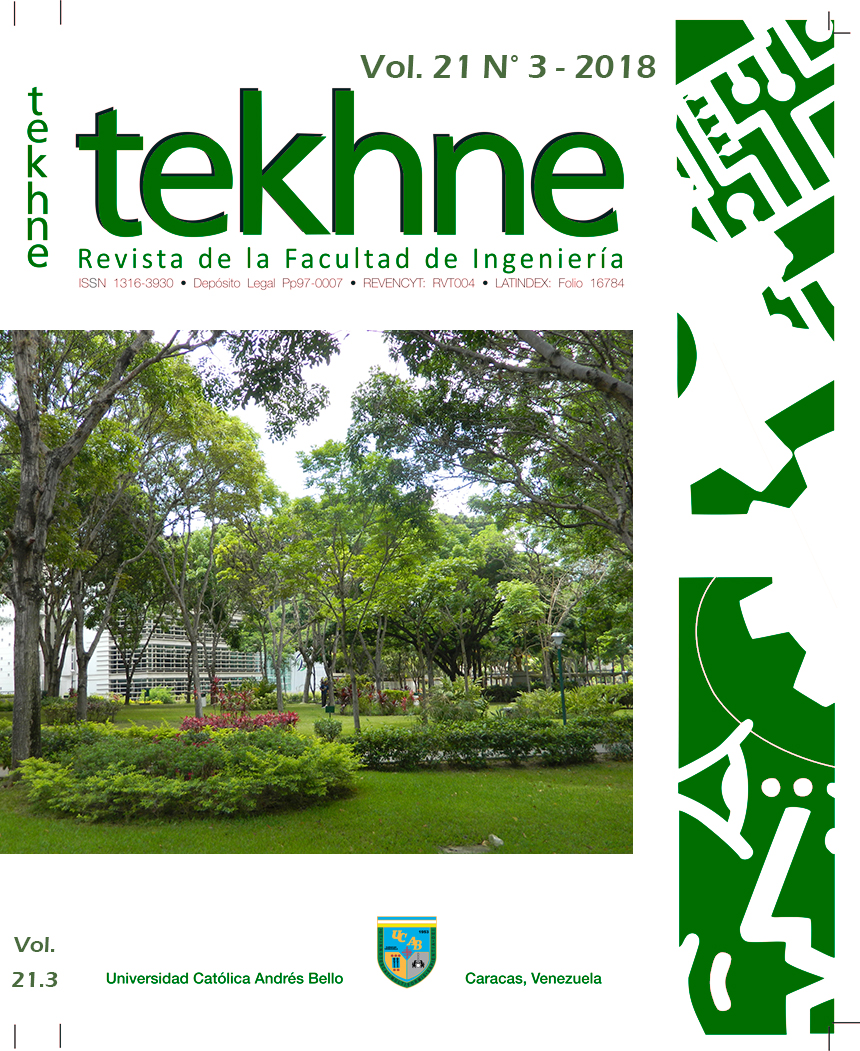Geological geotechnical criteria for an adequate design of tunnels in rocks
Criterios geológico geotécnicos para un adecuado diseño de túneles en rocas
DOI:
https://doi.org/10.62876/tekhn.v21i3.3809Keywords:
Abstract
From the book Geology Applied to Civil Engineering, published by the Andrés Bello Catholic University, Caracas, Venezuela (2014), different parts have been selected to form this article, related to the geotechnical geological criteria that must be taken into account in excavations and tunnel support. Currently, the different rock mass classification systems for tunnel design take the geological structures: stratification planes, foliation and joints, within the term of discontinuities, generally related to observations at the excavation face. In the term discontinuity, widely used in the classification of rock masses, the formational planes that are part of the classification of rocks according to their origin must be separated from the planes of joints and/or fractures related by tectonic effects. In a tunnel, the continuous planes of stratification or foliation will have a bending effect on the rock mass which will depend on the thickness of the layer, which differentiates it from joints due to the existence of bridges in the rock. Likewise, the fracture systems, development and frequency, are related to confinement, and should be less developed as they move away from the excavation perimeter, which allows the resistance of the rock mass to vary, optimizing support.
At present, the knowledge of the rock mass is not up to date with the advancement of technology, being represented by a simple number which can be modified to real models depending on the response of the rock mass when excavated, which has an impact on security and economy.
Downloads
Downloads
Published
How to Cite
Issue
Section
License
Copyright (c) 2018 Array

This work is licensed under a Creative Commons Attribution-NonCommercial-ShareAlike 4.0 International License.




